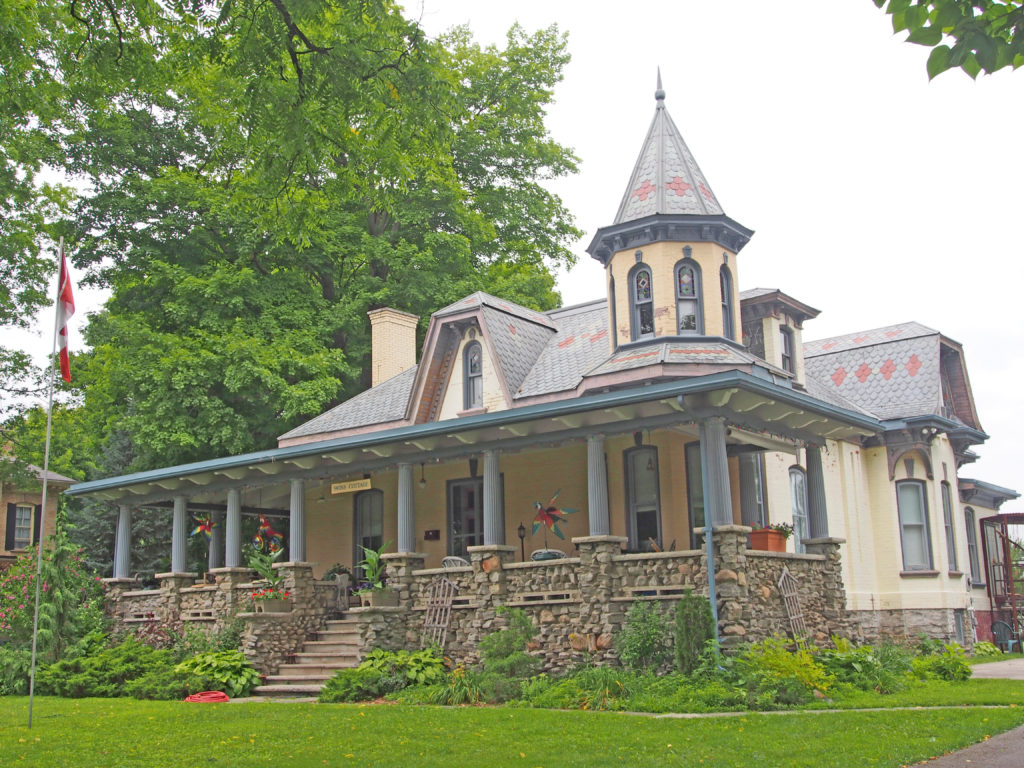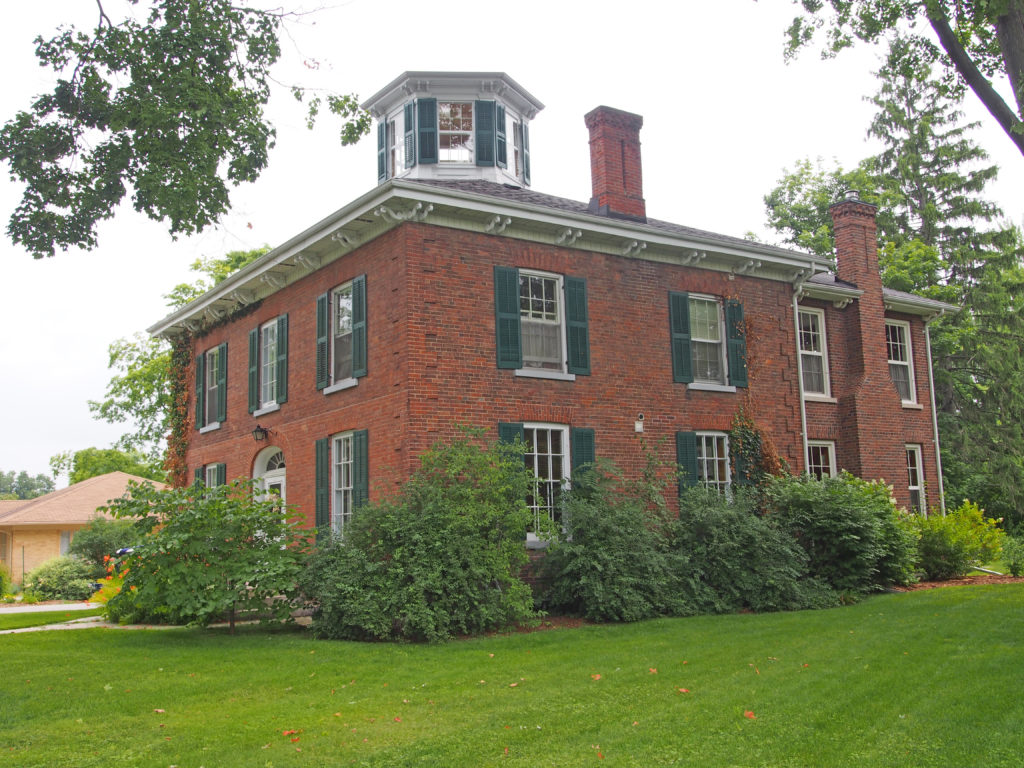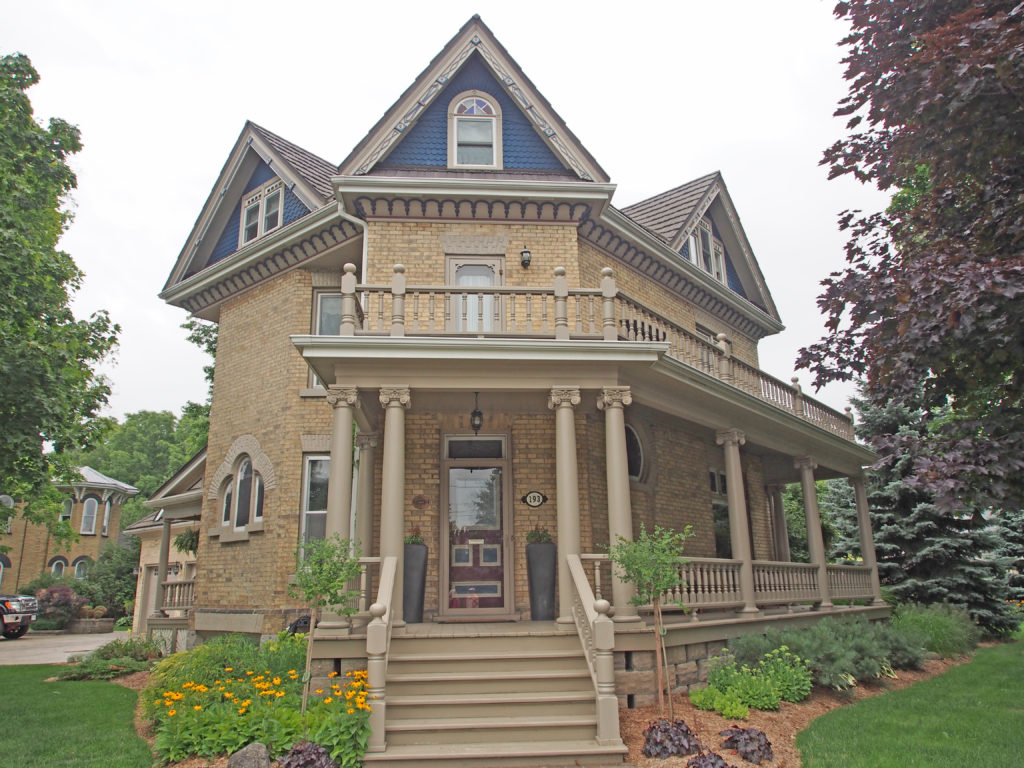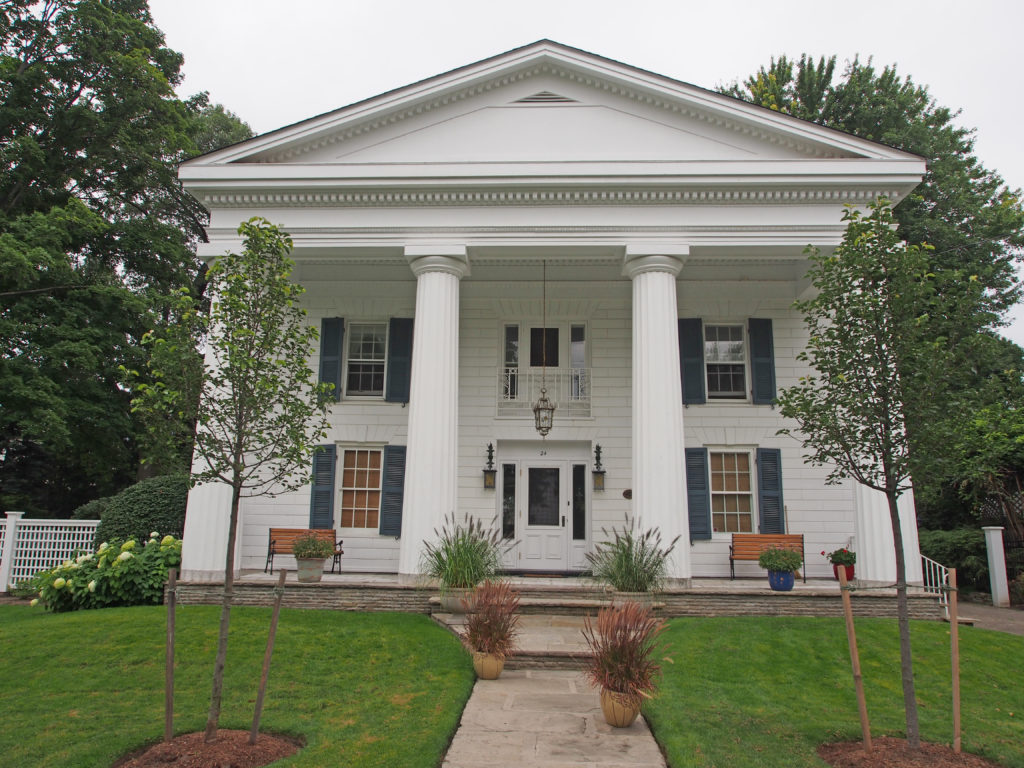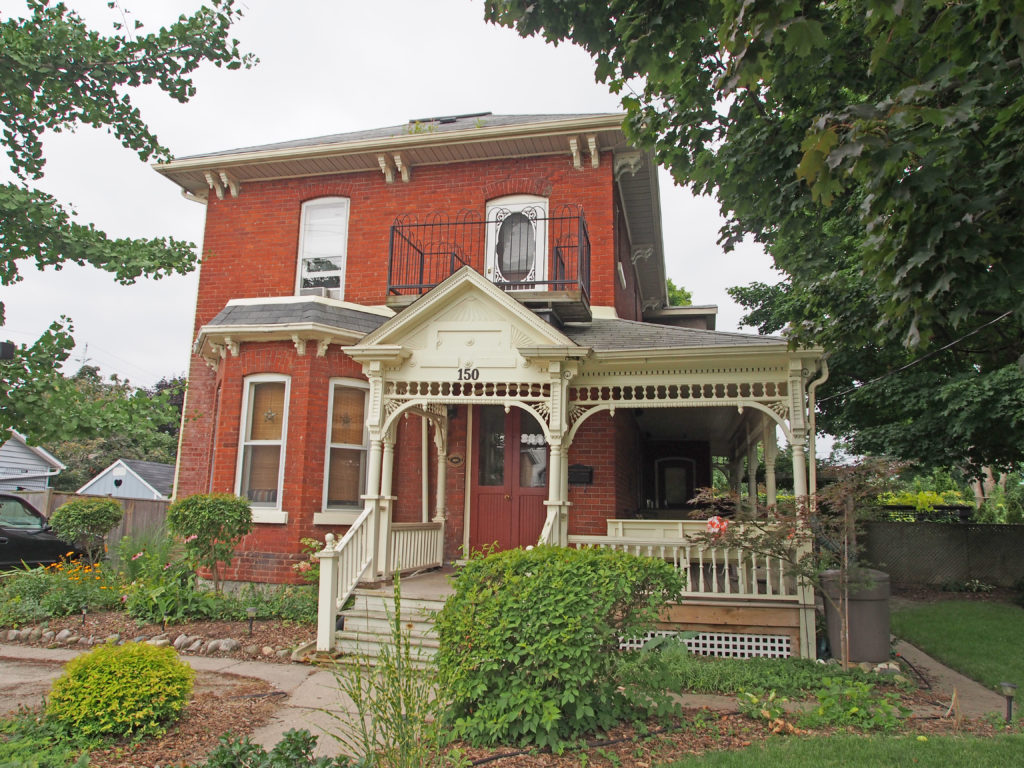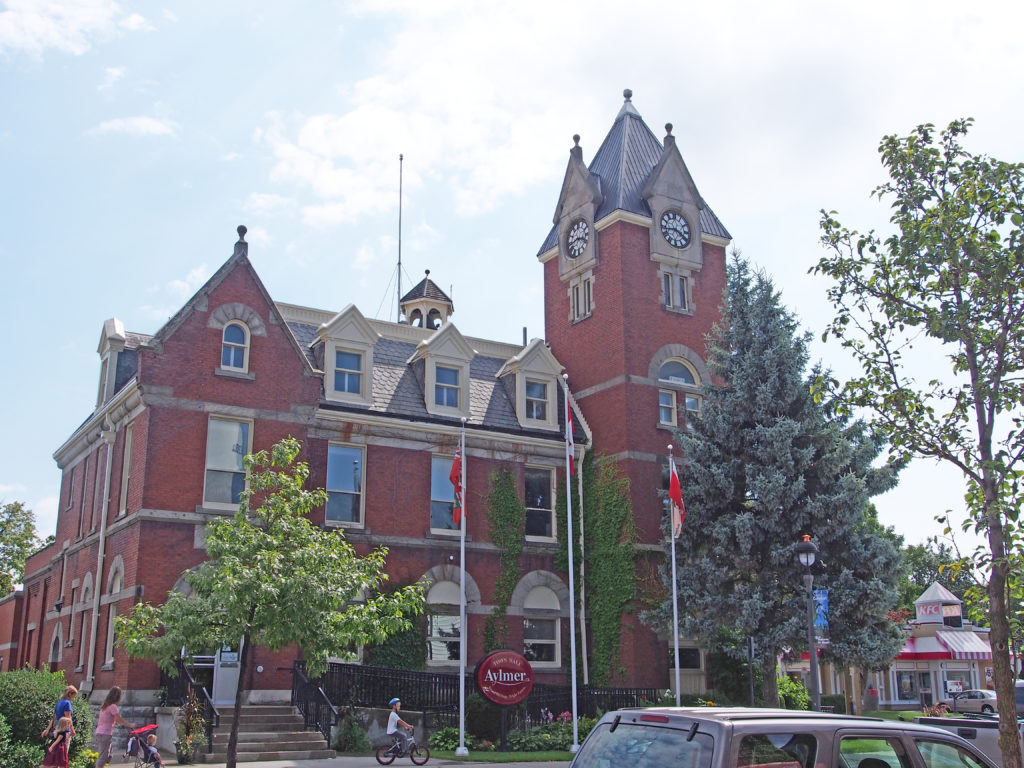Aylmer, Ontario – My Top 10 Picks
Aylmer is located in southern Ontario just north of Lake Erie on Catfish Creek. It is 20 kilometers south of Highway 401. It is located on Highway 3 between St. Thomas to the west, and Tillsonburg to the east.
In October 1817, John Van Patter, an emigrant from New York State, obtained 200 acres of land and was the first settler on the site of Aylmer. During the 1830s a general store was opened and village lots sold.
Originally called Troy, in 1835 it was renamed Aylmer after Lord Aylmer, then Governor-in-Chief of British North America. By 1851 local enterprises included sawmills and flour-mills powered by water from Catfish Creek.
By the mid-1860s Aylmer, with easy access to Lake Erie, became the marketing center for a rich agricultural and timber producing area. Aylmer benefited greatly from the construction of the 145-mile Canada Air Line Railway from Glencoe to Fort Erie.
The coming of the Great Western Air Line Railway in 1873 encouraged manufacturing and mills, a foundry, a pork-packing house, a milk-evaporating plant, and shoe factory were among the main establishments. An Airfield for training was established nearby in World War 2 which became the nucleus of the Ontario Police College.
The Aylmer Canning Factory was established in 1879; it packed peas, beans, cider, pickles, vinegar, sauces, meats and fruits.
Imperial Tobacco Canada built a plant in 1945. At its peak, it employed more than 600 full-time and seasonal workers. In its prime, the plant could store 110 million tons of tobacco and had an October to April production capacity of 100 million tons. Of this, 20 to 25 million tons were for export to other countries, making it one of Canada’s leading exporters. The rest of the processed tobacco was shipped to Imperial’s cigarette production plant in Guelph. After declining tobacco sales in Canada, Imperial began downsizing in the 1990s and closed in 2007.


